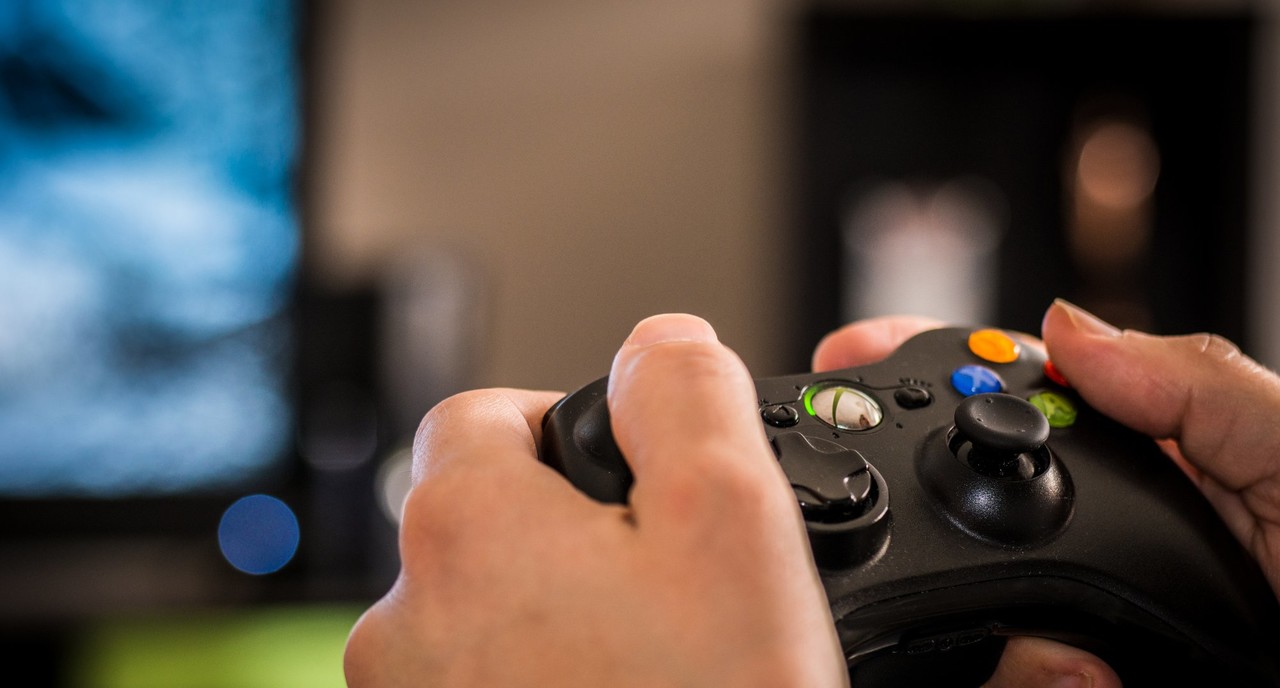
Defining Gamification in Learning
The term “gamification” has skyrocketed in popularity since it was first coined by Nick Pelling in 2002, but many trainers cannot distinguish its meaning from “game-based learning.” Are they the same thing? No. So, what is the difference?
Manish Gupta, CEO and Co-Founder of G-Cube, emphasizes this subtle, but important distinction: gamification involves the application of typical elements of game playing, such as applying points or badges. Gamification is more about the architecture of a learning system – leveraging the power of video game design principles and applying them to a learning environment or other activities.
Game-based learning, by contrast, is more about the content involved: specifically, they are designed with the goal of teaching the players a skill or subject. Game-based learning has been around in classrooms for ages, but the increased accessibility of technology that can simulate gameplay familiar to those with an interest in video games has blurred the line.
One simple way to think about the differentiation is that gamification is more about the platform and game-based learning is more about acquiring the skills and thought processes needed to perform a specific skill, and applying that skill or knowledge in a variety of situations.
As these modern approaches to the aesthetics of learning technology continue to evolve, the combination of gamification and game-based learning can be a powerful tool to get learners to fully engage with educational material, and make stronger, neurological connections and drastically enhancing positive experiences for your learners.
For more useful tips and information on leadership development, training, and more, visit http://www.sage.media/blog.